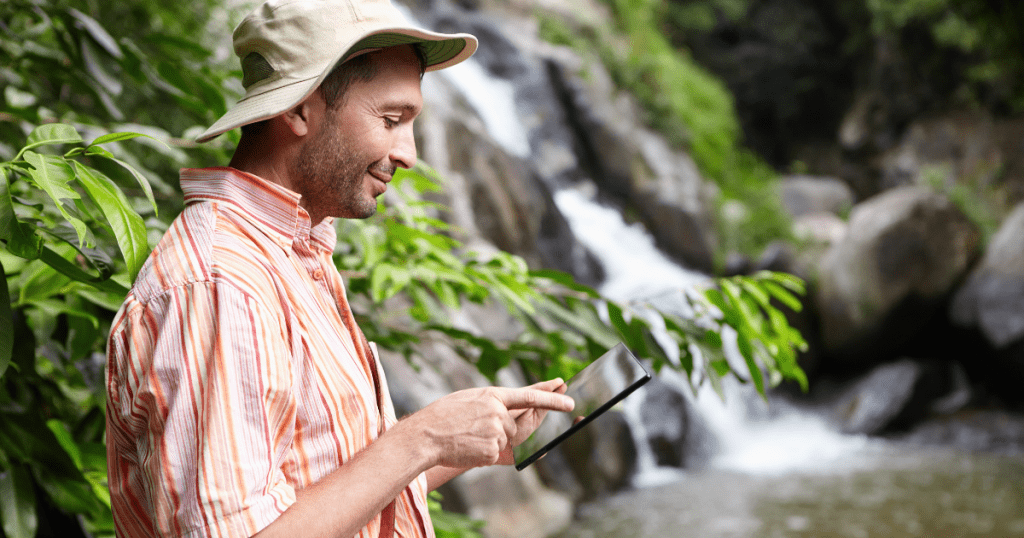Role of Technology in Conservation Wildlife
Wildlife conservation has seen huge steps taken forward in just these few years with the technological application through means such as drones, camera traps, GPS tracking systems among many more. Drones are nowadays being used to monitor endangered species and the health of ecosystems, while camera traps inform scientists on the movements and behaviors of animals without affecting their natural habitat. These tools will assist scientists in gathering data on animal populations, understands their needs, and devises strategies for their protection.

Although it was a relatively simple rescue, it also belonged to a wider tendency toward human involvement in protection of wildlife. Firefighters in this case were equipped with the modern tools and resources necessary for such a rescue to be completed in safety. The viral video of the playful cub and the firefighters reached millions of people worldwide, giving more importance to the need for wildlife conservation. Here is where technology becomes more and more important for the spread of information, public education, and change.
And so, with this rapid advancement of technology, its potential in enhancing wildlife conservation efforts continues to grow. For instance, researchers will be able to develop ways of using artificial intelligence to predict animal behavior and study animal populations. They can now even note poaching threats. Technology also allowed for the establishment of wildlife corridors that allow animals to migrate safely from one area to another, thereby averting the risks associated with human development. In this way, technology is not only improving the efficiency of rescue operations but also helping to address some of the most pressing challenges facing wildlife today.




